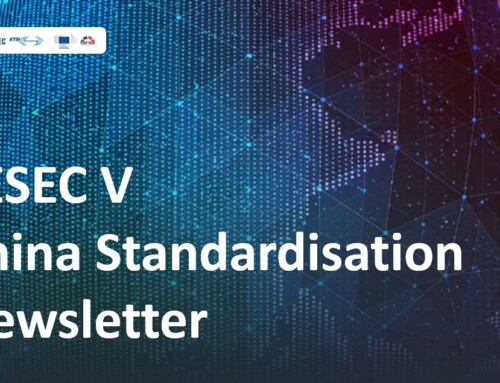On 26 September2025, the National Standardization Administration of China (SAC) issued the Notice on Launching Statistical Analysis Work on the Implementation of Mandatory National Standards for 2025. The notice was circulated to the Standardization Offices under State Council and to local competent standardization authorities nationwide. Since 2021, SAC has conducted yearly analyses for mandatory national standards in accordance with the Standardization Law of China and National Standardization Development Outline. This is to ensure the continued applicability of mandatory national standards and reinforce their role in safeguarding safety, quality and regulatory compliance across industries.
Scope of Statistical Analysis
- Mandatory national standards implemented in 2021 and 2022. SAC has identified 104 targeted standards and annexed the list to the notice.
- Mandatory national standards of heightened public or governmental attention. These include standards closely monitored by the State Council or those associated with higher risks and public concern. Local authorities may also select additional standards based on regional needs.
Content of the Statistical Analysis
(1) Analysis of Standards Implementation:
Evaluates how well enterprises, government agencies, and institutions comply with and apply the standards, including execution rates, conformity rates, regulatory use, and public awareness.
(2) Analysis of Standards Applicability:
Assesses whether the standard’s scope and technical indicators match current industrial development, cover new technologies and products, align with international standards, and remain valid and up to date.
(3) Analysis of Standards Coordination:
Examines the consistency of the standard with related mandatory standards, supporting standards, the overall standards system, and relevant laws, regulations, and industrial policies.
(4) Analysis of Implementation Constraints:
Identifies key difficulties faced by non-compliant enterprises, such as design, technology, equipment, testing, materials, workforce, or investment gaps. Proposes targeted solutions and improvement measures.
(5) Analysis of Implementation Outcomes:
Assesses the standard’s economic, social, and ecological benefits by comparing data from before implementation with figures as of the end of 2024, focusing on its contributions to safety, quality improvement, trade facilitation, and sustainable development.
Methodology of Statistical Analysis
- Data Collection: Covers official standard documents, implementation rules, supporting technical regulations, certification and testing data, international references, and lists of labs and certification bodies. Implementation information is gathered from market access records (e.g., CCC certification, production licenses), enforcement results, and feedback from standardization bodies and enterprises.
- Questionnaire Surveys: Target both enterprises and consumers to obtain first-hand data on compliance, effectiveness, and user perception. Enterprise surveys typically cover at least 10% of relevant firms (or ≥50), while consumer samples exceed 1,000 respondents (or ≥100 for non-consumer products).
- Stakeholder Consultations: Involve supervisory agencies, technical committees, and enterprises to discuss applicability, coordination, implementation barriers, supporting standards, and improvement needs.
- Data Analysis: Integrates quantitative indicators (execution rate, compliance rate, economic/social/ecological benefits) and qualitative evaluation (applicability, coordination with laws and standards, implementation constraints). Comparative analysis is used to assess pre- and post-implementation impacts.
- Data Quality Control: Ensures representativeness (diverse regions, enterprise types/sizes), accuracy (traceable sources, verified data), timeliness (latest annual data), and security (secure storage and transmission). This methodology supports evidence-based assessment and policy adjustment for improving the national standards system.
Important Timeline of Statistical Analysis:
All competent authorities shall complete the statistical analysis before 31 December 2025. SAC will compile the statistical results from all authorities and form a national summary report based on the aggregated findings.
SESEC Observation:
Statistical analysis is a crucial component of China’s standards review process, providing factual evidence for decisions on whether a mandatory national standard should be maintained, revised, or repealed. SESEC encourages European stakeholders to review the list of targeted standards and monitor the outcomes of this year’s statistical analysis.
For European entities operating in China or engaged with Chinese standards authorities or technical committee, active participation in the questionnaire survey and stakeholder consultations is strongly recommended. Providing feedback and sharing international perspectives will help ensure that the statistical analysis reflects diverse views and promotes continued alignment and mutual understanding between European and Chinese standards.
The list of targeted standards can be found at this link: https://www.sac.gov.cn/xw/tzgg/art/2025/art_b61b372f201847fcbe7f644a514d29c2.html
If you need English translation, please contact us via email at assistant@sesec.eu





